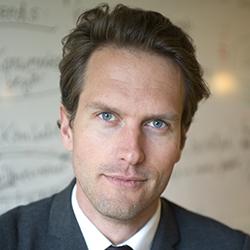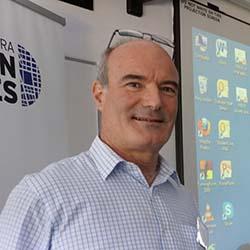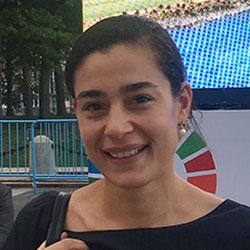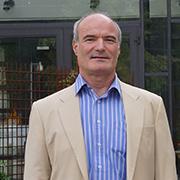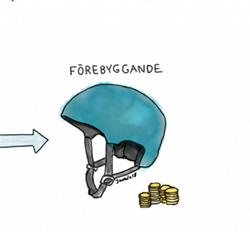The first Swedish NaNet meeting: On the birth pangs of new urban governance
The SEiSMiC project held its first NaNet (National Network) meeting in Sweden on the 27 January 2015 in Floda, 20 commuter minutes east of Gothenburg. In the former tannery factory, 25 participants met with the Swedish project team to discuss new urban governance.
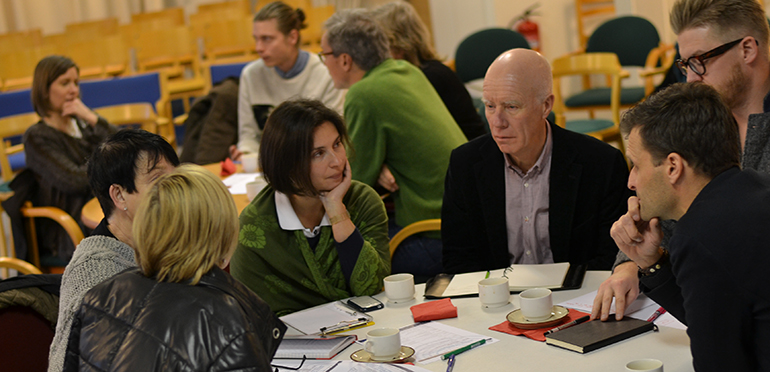
The discussion set off from one key shift in how cities are managed – the transition from a supposed top-down government to multilevel governance. The latter includes partnerships between the public, private and civic sectors, and also implies that traditional modes of democratic influence are supplemented by citizens’ dialogues and similar techniques. The first half of the day thus focused on the “new” challenges that have generated a need for a “new” governance. As it turned out, the participants also ended up discussing the birth pangs of this new mode of governance. Have we actually managed to break free from previous modes of government?
Whereas the first half of the day had problematized the emerging modes of urban governance, the afternoon session turned to the learnings that may be distilled from concrete examples of new urban governance. More specifically, the participants discussed the development of Floda, where urban regeneration is driven by a partnership between small-scale entrepreneurs and local civil society organizations. The participants then focused on large-scale inner city management in Gothenburg, more specifically the regeneration of the northern bank of the river that runs through the city. In contrast to Floda, this area is developed through a partnership structure, within which large-scale developers and the municipality – which owns the land – jointly decide on issues such as land pricing and building standards.
One key message that came out from the meeting emerged from the discussion on the shift from government to governance. Here, some social innovators feel constrained by, on the one hand, legacies of the previous models of government, and, on the other, a newly-established layer of EU regulation. This implies that there is s a mismatch between, on the one hand, the official praise of social innovation, and, on the other, the practical operational space given to social innovators.
Another take-away from the meeting is related to the organisation of the event. By fusing the knowledge and experiences of social entrepreneurs and municipal representatives with formal knowledge of academic experts on governance, the workshop facilitated a transdisciplinary learning that the Swedish team will seek to replicate in upcoming NaNet meetings.
Read the full report from the meeting below.
Read more
SEiSMiC, Societal Engagement i Science, Mutual Learning in Cities


